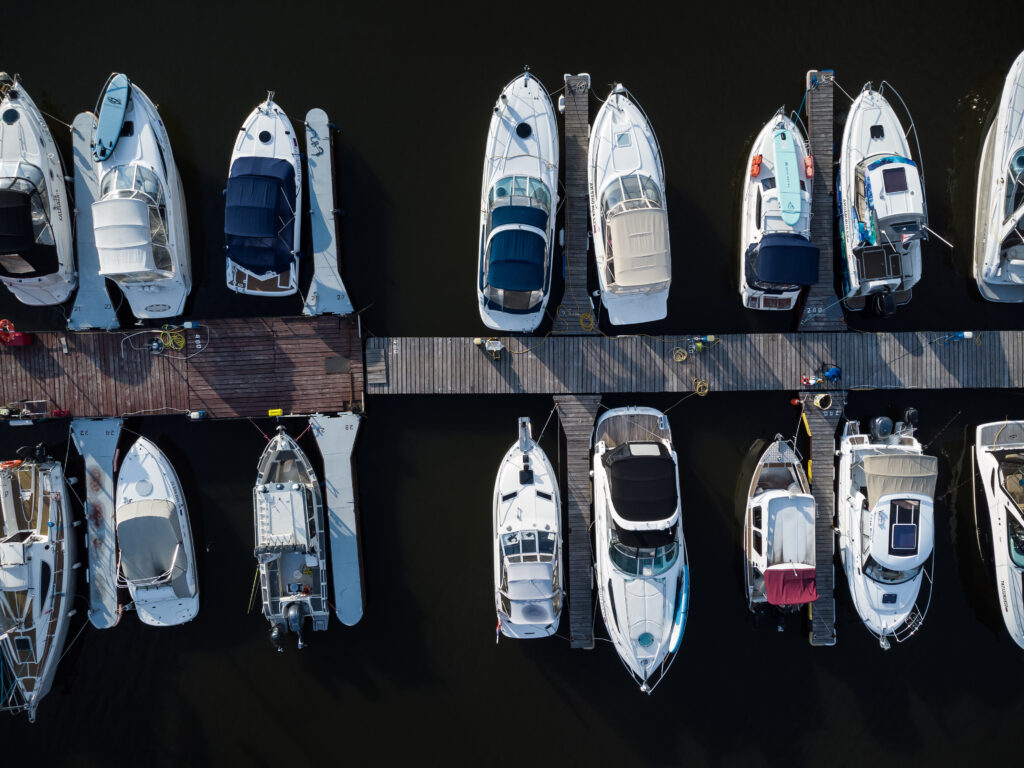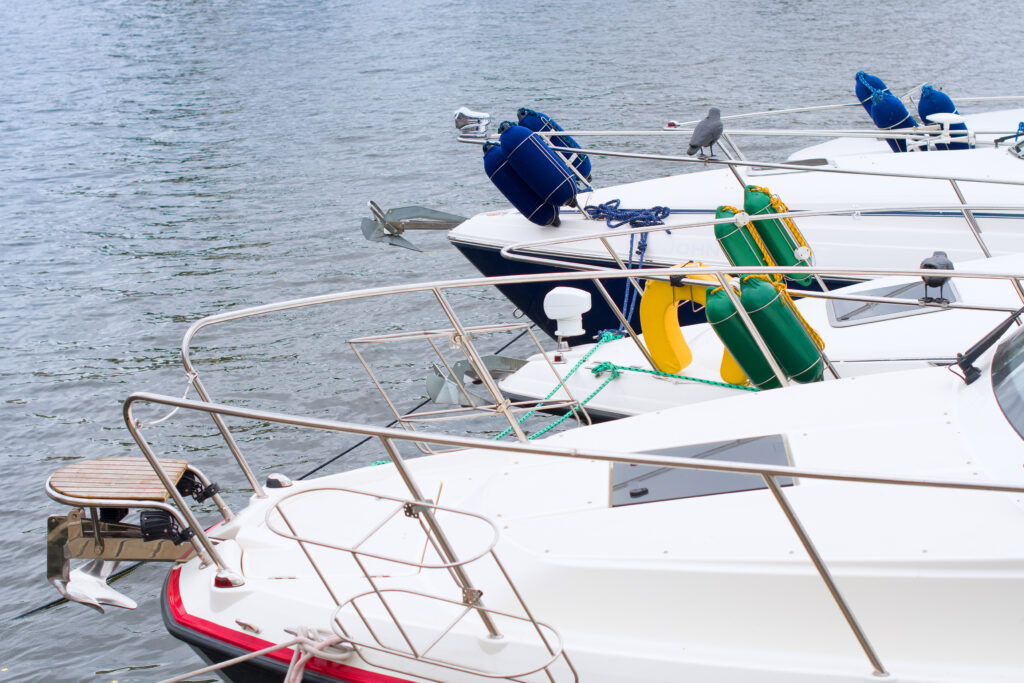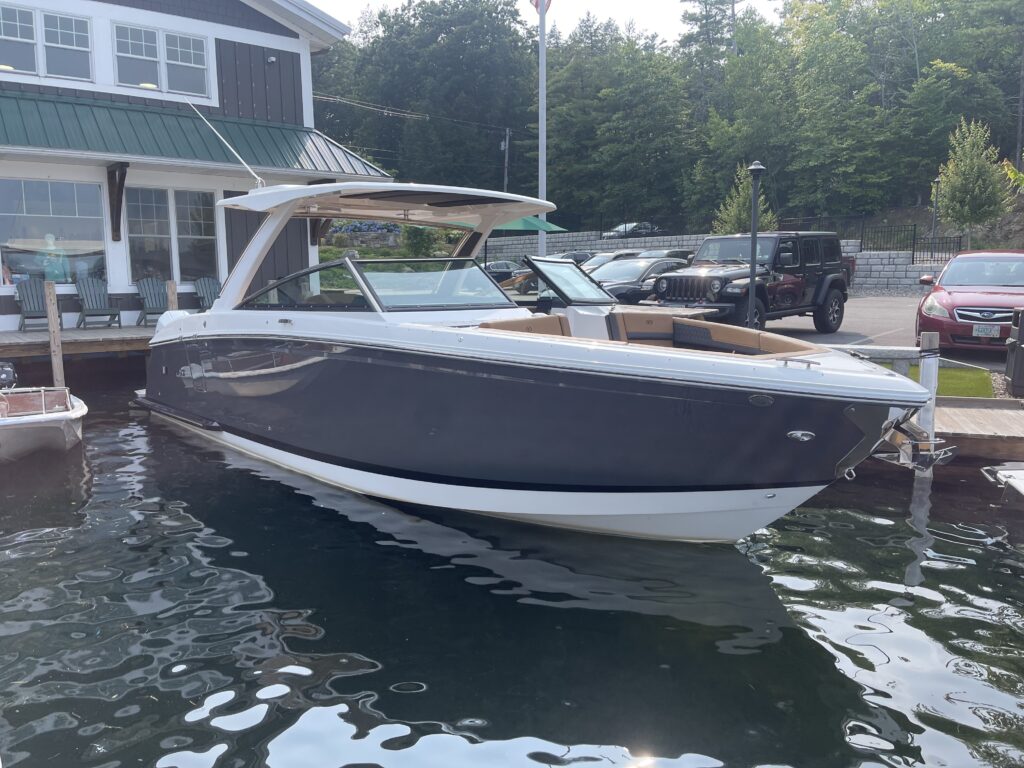Purchasing a boat is a major investment, and for most buyers, that means financing. But how does boat financing work? It’s similar in many ways to financing a car or home—but with its own unique set of terms, requirements, and lender expectations tailored to marine lending.
Whether you’re buying your first fishing boat, a family cruiser, or a long-range liveaboard yacht, understanding how boat financing works puts you in control of your purchase and ensures long-term confidence in your financial commitment.

Boat Loans: The Basics
At its core, boat financing involves borrowing money from a lender to purchase a vessel, then repaying that loan over time with interest. The boat itself typically serves as collateral.
Loan terms often range from 3 to 20 years, depending on the loan amount, boat type, and buyer’s credit profile. Interest rates vary with market conditions and your creditworthiness, and most lenders require a down payment—usually between 10% and 20% of the purchase price.
Types of Boat Loans
There are a few primary ways to finance a boat, depending on your preferences and what you’re purchasing:
- Secured boat loans: Offered by banks, credit unions, or marine lenders, these loans use the boat as collateral. They usually offer the best rates and longest terms.
- Unsecured personal loans: These don’t require collateral but often come with higher interest rates and shorter repayment periods.
- Home equity loans or HELOCs: Borrowing against your home equity can sometimes secure lower rates, but comes with added risk.
- Dealer financing: Many boat dealerships offer in-house financing or partner with marine lenders.
We help clients compare these options based on their credit, down payment, and vessel type to find the structure that fits best.

What Lenders Look For
Understanding how boat financing works also means knowing what lenders evaluate when reviewing your application:
- Credit score: Typically, a score of 680 or higher is required for the best rates.
- Debt-to-income ratio: Lenders want to know you can comfortably afford monthly payments.
- Down payment: A stronger down payment improves loan terms and approval odds.
- Boat age and condition: New boats are easier to finance. Used boats over 15 years old may have restrictions.
- Loan amount: Smaller loans may have shorter terms; larger loans often qualify for extended terms.
Each lender has slightly different underwriting guidelines, so we help buyers position themselves for the strongest approval possible.

Pre-Approval and Budgeting
One of the smartest things you can do is get pre-approved before you shop. This gives you a clear budget, strengthens your negotiating position, and avoids surprises later.
We offer pre-approvals that help clients lock in a rate range and understand how much they can afford—including estimates for monthly payments, taxes, and registration fees.
Down Payments and Trade-Ins
A typical down payment on a boat loan is 10% to 20%, although some lenders accept less with excellent credit. A larger down payment:
- Lowers your monthly payment
- Reduces interest paid over time
- Increases your approval odds
If you’re trading in an existing boat, its appraised value may count toward the down payment, making it easier to upgrade without a major cash outlay.

Loan Terms and Monthly Payments
How does boat financing work in terms of monthly cost? That depends on:
- Loan amount
- Term length (in years)
- Interest rate
- Down payment amount
A longer term reduces monthly payments but increases total interest. A shorter term increases payments but lowers your cost of borrowing. We help clients model different options based on how they plan to use the boat and their cash flow needs.
Additional Costs to Plan For
Financing a boat means more than just repaying the loan. Be sure to budget for:
- Insurance premiums (often required by the lender)
- Docking or slip fees
- Maintenance and repairs
- Fuel and winterization
- Registration and taxes
We always encourage buyers to think beyond the purchase price. A boat that fits your monthly payment but stretches your maintenance budget will quickly lose its appeal.

New vs. Used Boat Financing
Financing a new boat usually comes with better terms—lower interest rates, longer loan periods, and more predictable maintenance. However, used boats are more affordable upfront and depreciate less over time.
Used boats over a certain age may require a marine survey to assess condition, and some lenders restrict terms on older models. We help clients understand what to expect based on the vessel’s age and condition before applying.
Applying for a Boat Loan
The application process is simple. Here’s what we typically ask for:
- Completed loan application
- Proof of income or employment
- Personal credit history
- Details on the boat (year, make, model, condition)
- Purchase agreement or quote from the seller or dealer
Once submitted, approvals often come within 24–72 hours depending on the lender and boat details.

Conclusion
So, how does boat financing work? It’s a flexible, structured process that enables you to spread out the cost of boat ownership with monthly payments that align with your budget. From choosing the right term and down payment to navigating lender requirements, the key is preparation—and working with a lender who understands boating.
We specialize in marine lending and structure boat loans around real-world boating expenses, seasonal usage, and long-term value. Whether you’re buying new or used, we’re here to make financing a boat as enjoyable as owning one.
